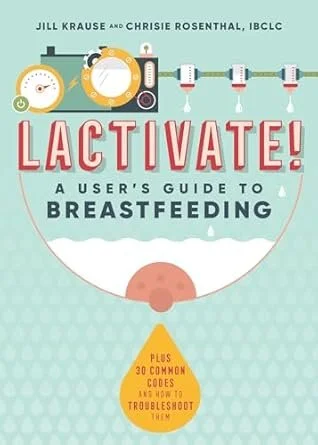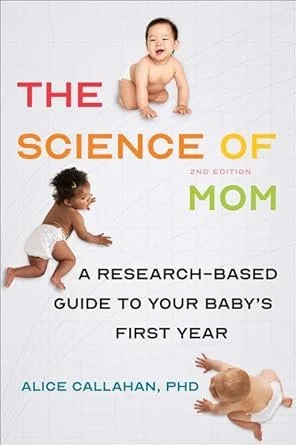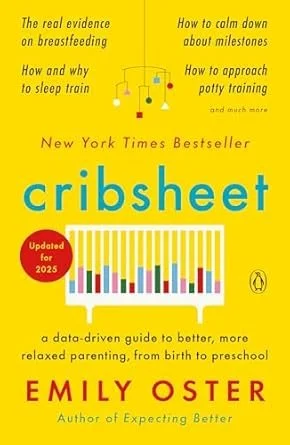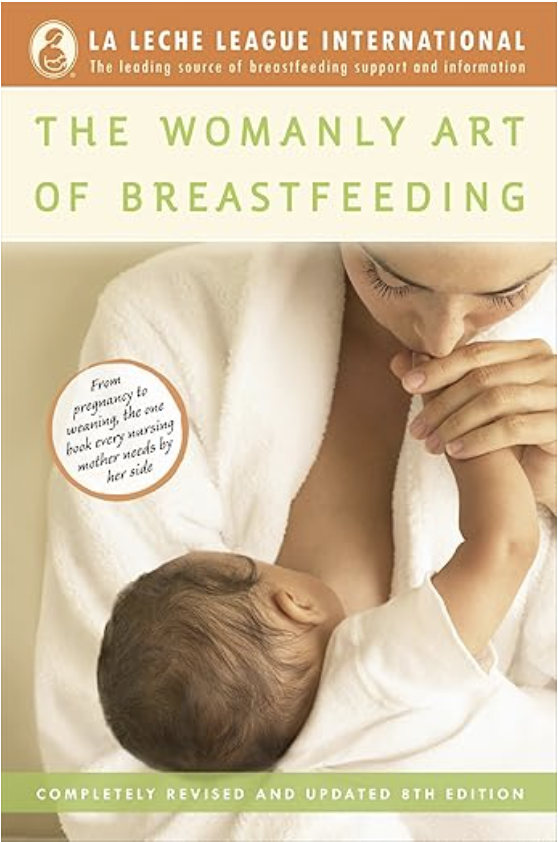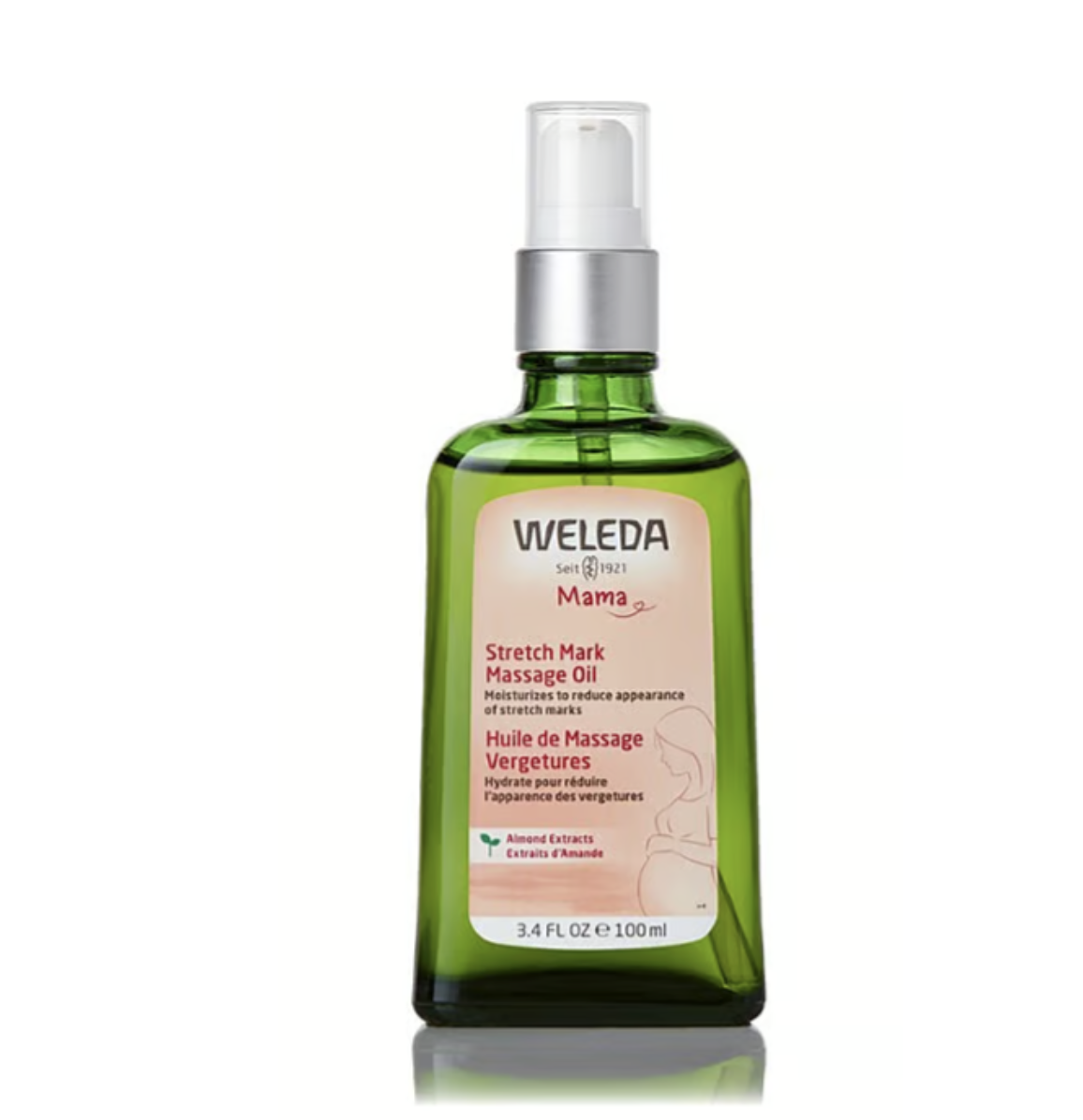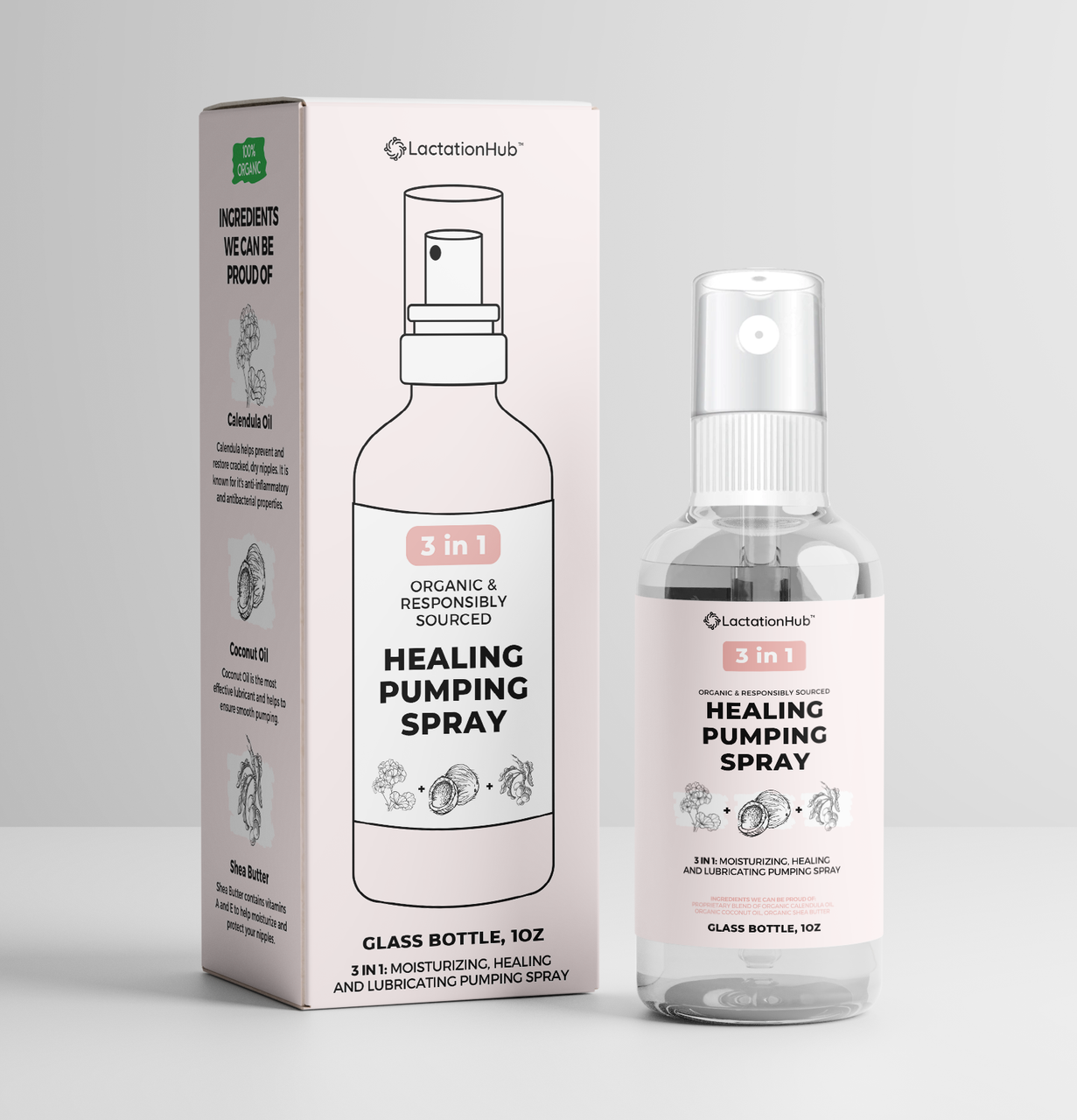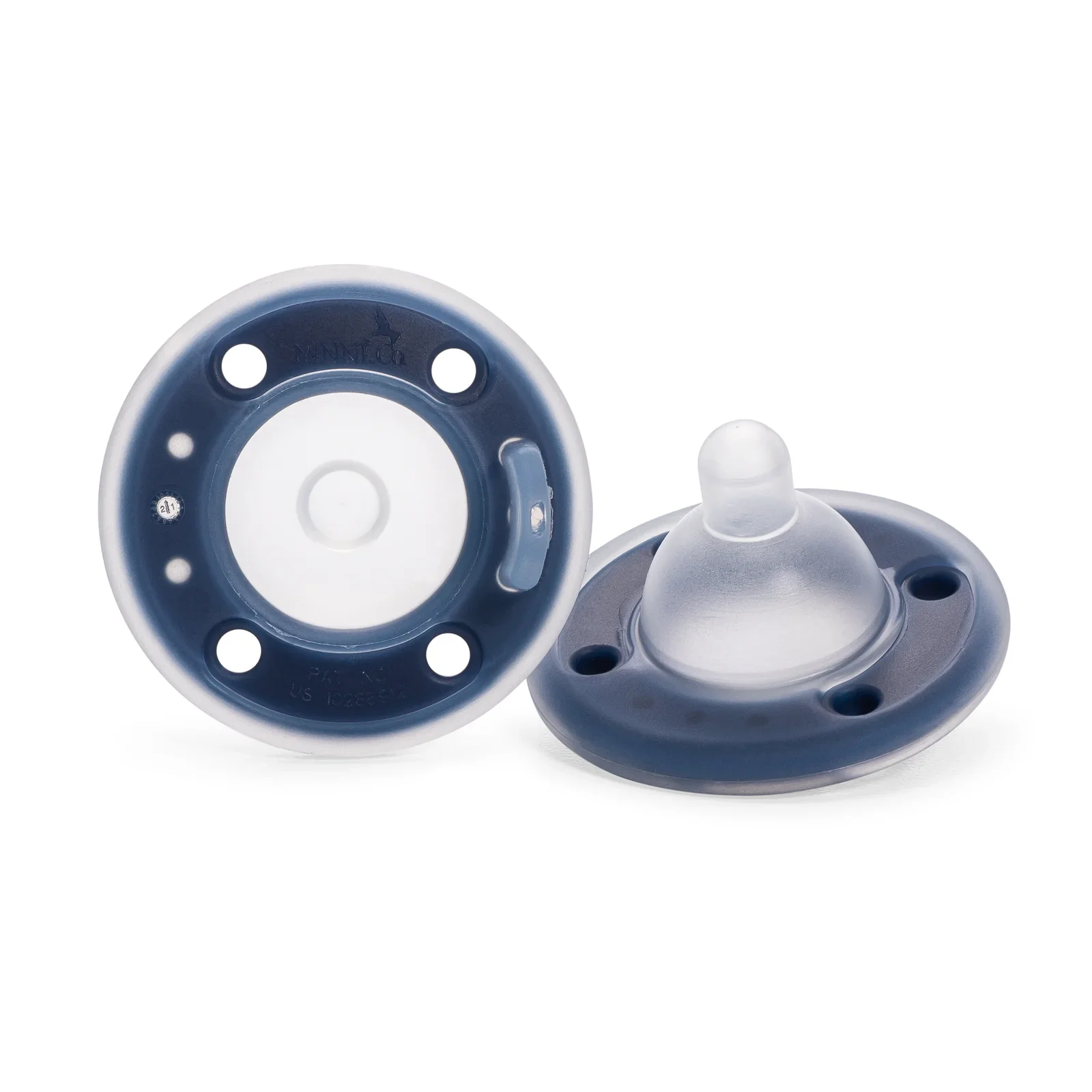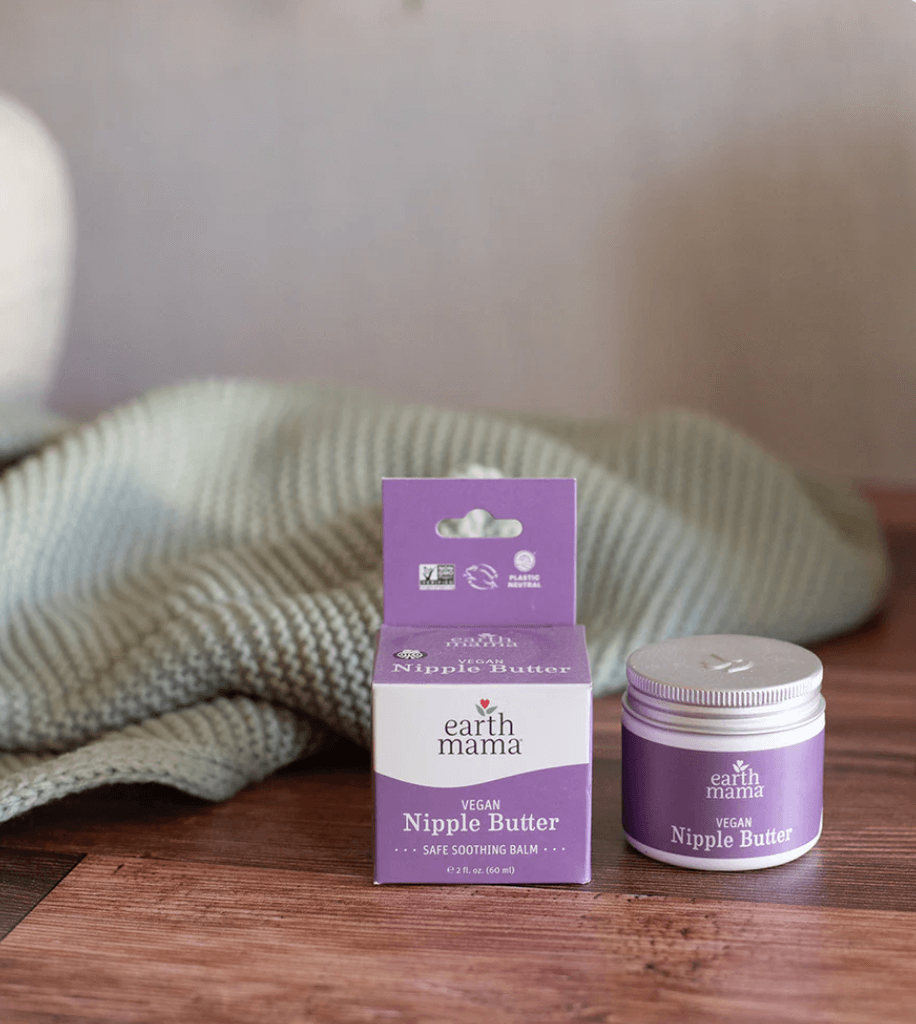Resources
Books
Referrals
Post Partum Doula
Prenatal Chiropractic
Acupuncture
Websites

Products
Have Questions? We Have Answers.
-
At this time we are only offering in-home or telehealth services.
-
Many families may be eligible to have lactation services covered through their health insurance. Head over to our insurance page to learn more about our insurance partnerships and how to check if your plan qualifies. If you do not qualify, we will provide you with a super-bill for you to submit for possible reimbursement.
-
Yes! We offer gift cards in any amount that can be used for any service. Just reach out to us and we can send you over a printable card with our information and logo.
-
Yes! We welcome all families and will work on inducing lactation to encourage a breast/chest feeding relationship in families growing by non-traditional means like adoption or surrogacy. We also offer re-lactating support for parents who would like to restart their breast/chest feeding journey.
-
Breastmilk provides optimal nutrition for your baby that helps their growth, development, and immunity, while also nurturing a deep bond between you and your little one. It offers benefits for parents too, supporting recovery and overall well-being in the postpartum period.
-
Breast milk and formula both contain vitamins, nutrients, and fatty acids that support infant growth, but they are not exactly the same.
Breast milk naturally provides a unique blend of bioavailable nutrients, living cells, hormones, enzymes, and immune factors tailored to the baby’s needs. It contains long-chain polyunsaturated fatty acids (like DHA and ARA), antibodies, and growth factors that formula cannot exactly replicate.
Infant formula is designed to mimic the nutritional profile of breast milk as closely as possible, including adding synthetic or purified versions of vitamins and fatty acids. However, the forms and bioavailability (how easily the body absorbs and uses them) can differ, and formula lacks many of the living components found in human milk.
Ultimately, both breast milk and formula can meet a baby’s basic nutritional needs, but breast milk offers additional biologically active components that formula cannot fully duplicate.
-
Yes! We can help you with choosing the right pump and flange sizes for your body and set you up with a pumping schedule similar to a newborn's feeding pattern. This will stimulate milk production and provide enough milk for all of your baby’s feedings.
-
Most newborns feed 8–12 times per 24 hours. This is roughly every 2–3 hours on average.
-
Early on, sessions may take up to 20–30 minutes or longer per side. As your baby grows and your breast milk regulates to your baby’s needs, 5–10 minutes per side is common.
-
Yes. It’s normal for colostrum to be just drops to teaspoons in the first days. As feeding continues, milk transitions and supply strengthens– your body typically knows to provide what your baby needs.
-
Monitor the following to see if your baby is getting enough to eat:
Weight gain on growth charts (tracked by your pediatrician or through weighted feeds at your lactation appointments). Your baby should gain about an ounce per day.
Your baby’s output
Breast softening after feeds & audible suck and swallow sounds
-
Some nipple tenderness is common in the first few days of breastfeeding, but sharp, persistent, or worsening pain is not normal and often indicates issues like shallow latch, positioning problems, or nipple trauma. If your nipples hurt beyond mild initial tenderness, or if they are cracked, bleeding, or blistered please reach out to book a consultation.
-
Optimal output in the first days is often called the “rule of ones”:
Day 1: At least 1 wet and 1 dirty diaper.
Day 2: At least 2 wet and 2 dirty diapers.
Day 3: At least 3 wet and 3 dirty diapers.
By day 4–5, you should see at least 6+ wet diapers and 3–4+ yellow, seedy stools daily.
-
Yes, as long as your doctor hasn’t shared any concerns, we can move forward with gentle care. Your comfort and safety are always at the heart of what we do. With specialized training in prenatal massage, we’re skilled in knowing what to avoid and how to adapt each session to support your changing body. You can feel safe, supported, and truly cared for in our hands.
-
For vaginal deliveries with 1 & 2 degree tears- you can receive massage as soon as you feel ready. For vaginal deliveries with 3 & 4 degree tears and Cesarian sections it is safest to wait two weeks before receiving body work.
We will continue to be in the sidelying position for all postpartum sessions for 6 weeks or until you feel ready and are cleared by your doctor to lie on your stomach.


